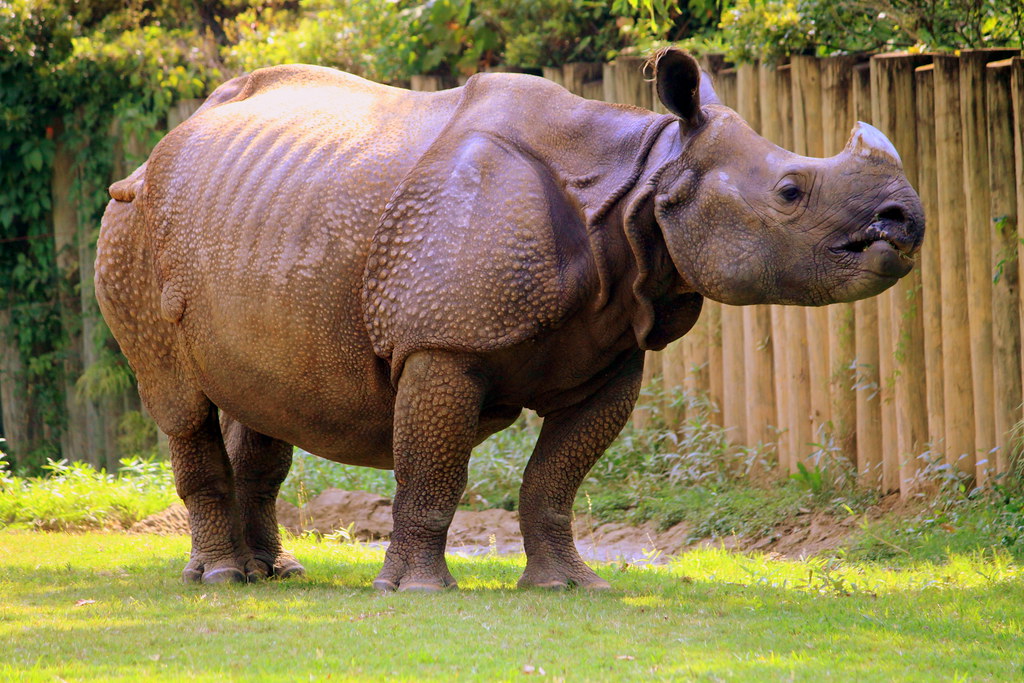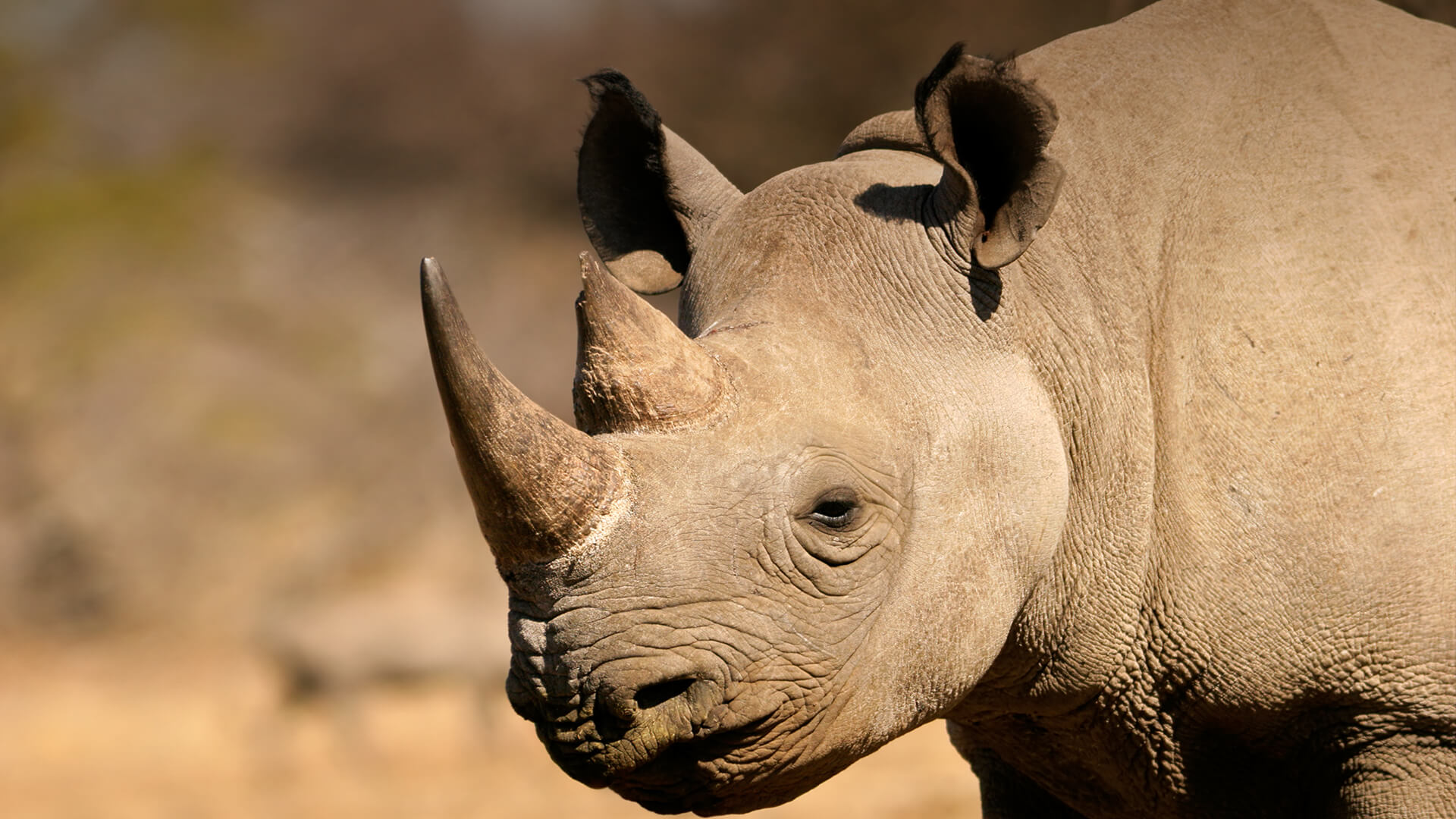
The overall population composition was 32. Population densities reached 4.85 rhinos/km 2 in the favoured areas of high diversity of early successional vegetation types on the valley floor. Assessing the accuracy of species distribution models: Prevalence, kappa and the true skill statistic (TSS). In the Chitawan Valley of Nepal there were estimated to be between 270 and 310 Greater one-horned or Indian rhinoceroses (Rhinoceros unicornis L.).

Science of the Total Environment, 610, 451–461.

Environmental effects are stronger than human effects on mammalian predator‐prey relationships in arid Australian ecosystems. spThin: An R package for spatial thinning of species occurrence records for use in ecological niche models. Potential Impact of Climate Change on One‐Horned Rhinoceros (Rhinoceros unicornis) in Nepal. Department of National Parks and Wildlife Conservation.Īdhikari, A. Extended Rhinoceros unicornis population, habitat monitoring and rescue from Rautahat district of central Nepal. Ecology and Evolution published by John Wiley & Sons Ltd.Īcharya, H. We have recommended several measures to moderate these impacts, including relocation of the proposed Nijgad International Airport given that a considerable portion of potential rhinoceros habitat will be lost if the airport is constructed on the currently proposed site.īIOMOD2 climate change refugia correlative approach ensemble modeling habitat loss land use change species distribution modeling. Our results suggest that over one-third of the current rhinoceros habitat would become unsuitable within a period of 50 years, with the predicted declines being influenced to a greater degree by climatic changes than land use changes. The future habitat suitability under the lowest and highest emission scenarios was estimated to be: (1) 1,637 km2 and 1,417 km2 in 2050 and (2) 1,562 km2 and 1,301 km2 in 2070, respectively. The future habitat suitability under the lowest and highest emission scenarios was estimated to be: (1) 23 km 2 in 2050 and (2) 22 km 2 in 2070, respectively. The ensemble model estimated the current suitable habitat of rhinoceros to be 2610 km 2, about 1.77% of the total area of Nepal. Out of ten algorithms, random forest performed the best, and five environmental variables-distance from grasslands, mean temperature of driest quarter, distance from wetlands, annual precipitation, and slope, contributed the most in the model. We compiled an extensive database on current rhinoceros distribution and selected nine ecologically meaningful environmental variables for developing ensemble models of habitat suitability using ten different species distribution modeling algorithms in the BIOMOD2 R package and we did this under current climatic conditions and then projected them onto two possible climate change scenarios (SSP1-2.6 and SSP5-8.5) and two different time frames (20). We used an ensemble modeling approach to predict changes in habitat suitability for an iconic wildlife species, greater one-horned rhinoceros due to the combined effects of climate and land use changes.

Land use change continues to alter the availability and quality of habitat and further intensifies the effects of climate change on wildlife species. Rapidly changing climate is likely to modify the spatial distribution of both flora and fauna.


 0 kommentar(er)
0 kommentar(er)
